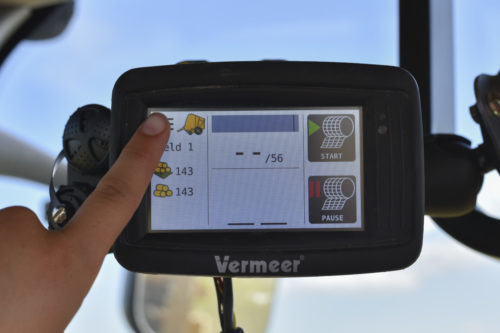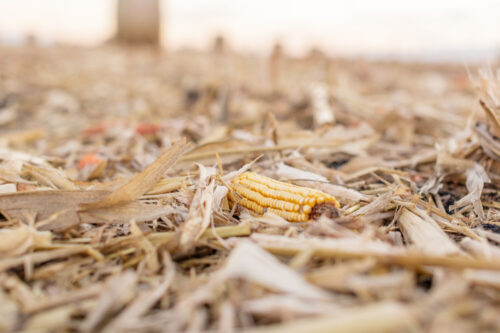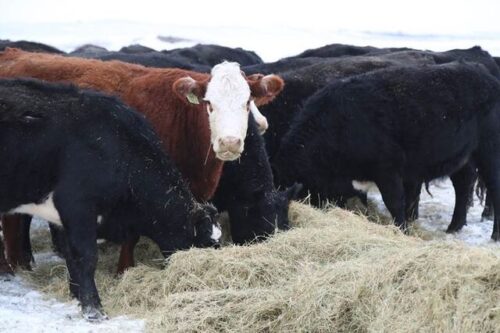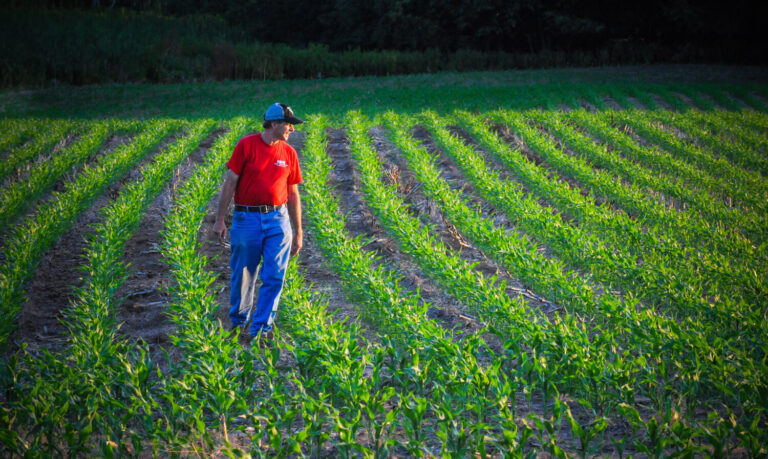
When to transition your career to full-time farming
August 2023
Not all farm kids go back to their roots of farming. But Jon Paul Driver, agricultural economist for Washington State University Extension, host of the Hay Kings podcast and farmer, said many of them have potential to do so. His story is proof.
He was a small-town kid who grew up on a farm. He worked in the industry for several years to gain professional experience and came back to his family farm while also working with the university.
Driver said there are many roads back to agriculture and he appreciates the variety of experiences people have when they return. “Some of the most successful farmers that I know have once had other careers and transitioned back to agriculture,” he said.
Generational differences when moving to full-time farming
Driver said the transition to full-time farming can take time, as most people need time to become financially secure enough to make the leap. However, there are some generational differences to that rule. For example, baby boomers (born 1946 to 1964) had more opportunities to come back to the farm because there were fewer generational separations from agriculture at the time. Unlike today, most people at that time either grew up on a farm or were only a generation removed with grandparents still farming.
In contrast, he said Generation X (born 1965 to 1980) would have had a tough time starting out working on the family farm after graduation, due to economic challenges in agriculture during that period. However, Driver said there is still hope for them to return to the farm as a retirement plan, and he has seen that happen with people coming out of a variety of careers like law enforcement or construction.
“Millennials (born 1981 to 1996) have had some opportunities to come back to the farm, and I think that there’s a lot of transition happening directly from baby boomers to millennials,” he noted. “This is a really good time in agriculture. The last 10 years have been relatively profitable.”
He said it is too soon to determine the trend of Generation Z because they are a bit young to return to the farm at this point. But Driver said it is never too early to begin working toward the long-term goal of farming full time.
Ensure you have a role on the farm
Before you make the move to full-time work on an existing farm, you must ensure there’s a role for you. Driver shared an example of a family that planned for a member to come back to the farm full time by adding beef cattle to their dairy operation. This would increase productivity on their farm to support their family.
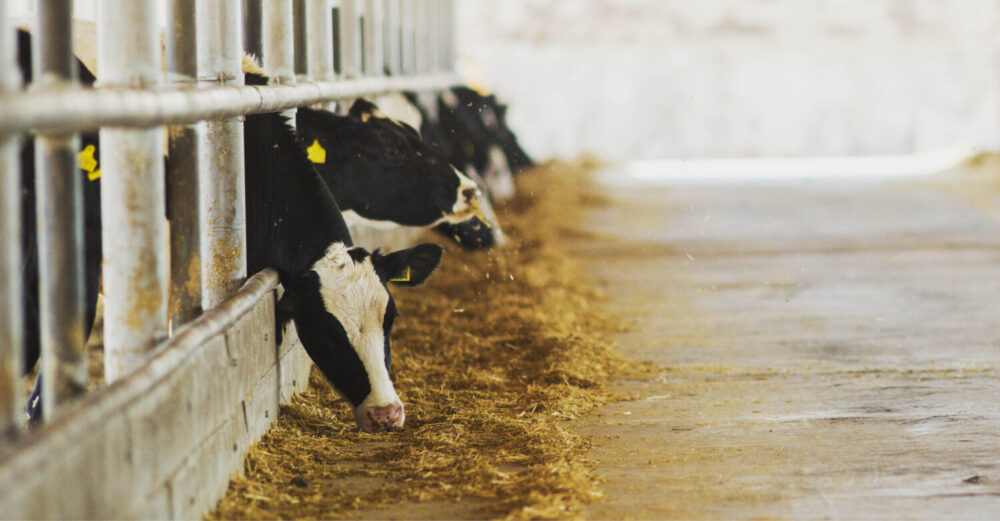
“They did a really good job of rebranding, retooling and providing a space for a family member to come back to the farm,” he noted. “The moral of that story is: If you’re returning to an existing farm, there has to be space for you, and there’s a lot of transition planning that has to go on in that process.”
As far as determining the perfect time to make the jump, Driver said there is no magic number of acres or livestock count. He said the bottom line is it is about balancing your personal life and the business finances. For example, you may need to consider the potential for moving into a new home on the farm or ensure you have cash for fuel to commute.
Financial considerations before transitioning to full-time farming
Making the decision to farm full time can be risky from a financial perspective, according to Driver. It is critical to have some savings to help make the jump — especially at a younger age. In fact, he recommended everyone work off the farm for a while to gain wisdom and financial security.
“If your definition of yourself is a full-time farmer, you likely had an initial career off the farm in order to get the amount of capital you needed to be a successful full-time farmer now,” he said.
If you feel your finances will support a move to full-time farming, Driver recommended asking yourself, “Can I pay myself?” If the answer is no, perhaps more planning is needed to find an additional source of revenue to increase productivity on the farm.
“You have to look for gross revenue and net revenue,” he said. “The reality is resources are limited and money is a resource. Money is often the limitation here. You have to make sure that you have sufficient cash flow to be able to pay yourself.”
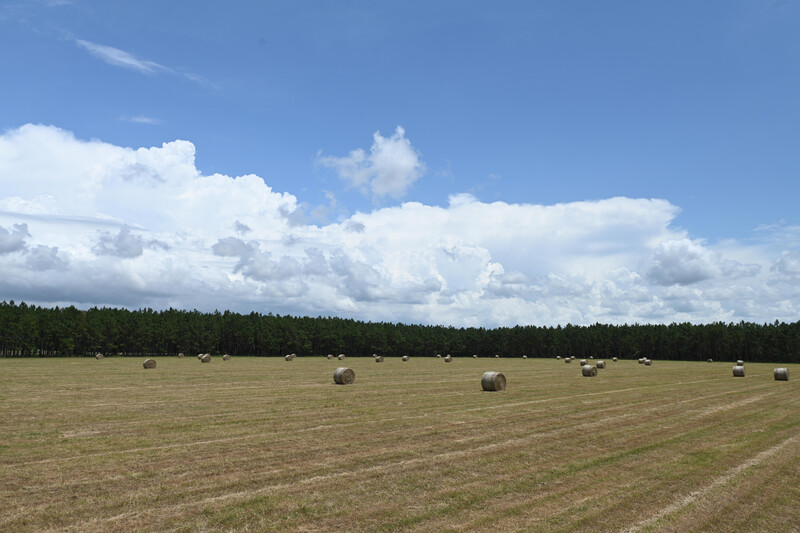
Benefits of off-farm income to support full-time farming
He also said most full-time farmers maintain off-farm income in some way. Whether that’s through a spouse, a small business or other secondary income related to the farm. For example, Driver farms and also works for the university.
“You may need an off-farm income for financial stability so you can take those bigger risks in agriculture and grow your operation,” he said.
He encouraged those looking to make the transition to farming to remember income is only a small factor in the equation. Other benefits, such as health insurance or retirement savings, of off-farm jobs should be considered. Driver said the farming operation must be of sufficient scale to pay for these expenses.
Adaptability and mental strength
When navigating your options, Driver offered this reminder: adaptability is key in agriculture.
“I think how you view yourself is really important. And if you view yourself as a winner and somebody who’s going to survive in agriculture, it’s going to work. If you view yourself as, ‘I’m going back to do it the way grandpa always did it,’ you’re going to be in trouble. You have to be adaptable,” Driver said.
In addition to the practical considerations Driver offered, he recommended some reading material. He said a lot of wisdom can be found in the James Herriot classics: All Creatures Great and Small, All Things Bright and Beautiful, and All Things Wise and Wonderful. The challenges described in the books aren’t novel.
“These are things that have happened forever, and it’s just about being innovative, being intentional, planning well, keeping good records, and communicating well,” Driver said. “Those are the things that you have to do to come back to agriculture.”
Information noted above was gathered from a third party who was advised his/her experience might be featured in marketing materials. This article contains third-party observations, advice or experiences that do not necessarily reflect the opinions of Vermeer Corporation, its affiliates or its dealers. Individual results may vary based on care and operation of machine and crop and field conditions, which may adversely affect performance.
Vermeer Corporation reserves the right to make changes in engineering, design and specifications; add improvements; or discontinue manufacturing at any time without notice or obligation.
Equipment shown is for illustrative purposes only and may display optional accessories or components specific to their global region.
Please contact your local Vermeer dealer for more information on machine specifications.
Vermeer and the Vermeer logo are trademarks of Vermeer Manufacturing Company in the U.S. and/or other countries.
© 2023 Vermeer Corporation. All Rights Reserved.



